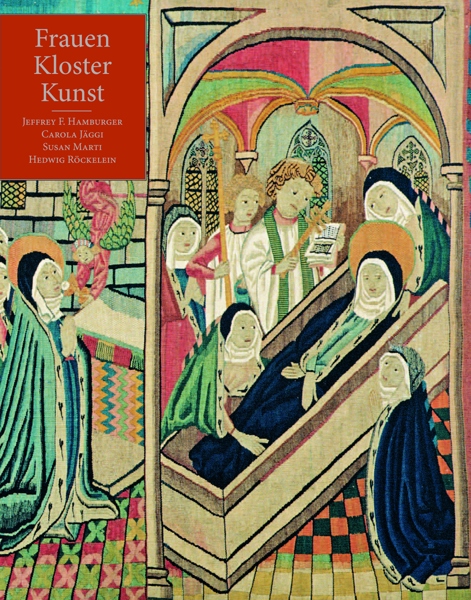
The Fools' Journey. A Myth of Obsession in Northern Renaissance Art
Yona Pinson
- Pages: 226 p.
- Size:220 x 280 mm
- Illustrations:152 b/w, 8 col.
- Language(s):English
- Publication Year:2009
- € 95,00 EXCL. VAT RETAIL PRICE
- ISBN: 978-2-503-52612-6
- Paperback
- Available
The newly emerging visual vocabulary is considered in relation to analogical contemporary didactic and satirical theatrical performances such as the rederijkers plays, the sotties, and also carnival processions. Proposing a new reading of Sebastian Brant's The Ship of Fools (Das Narrenschiff, Basel 1494), a landmark in the new iconography of the allegorical journey, this study recognizes as well the power of the visual image employed in the woodcuts-illustrations accompanying the treatise as a tool of moral teaching, used as a means of influencing the larger urban audience for whom word and image were sometimes interchangeable. Concomitantly, the divergence between verbal expression and visual language may be seen to define the inherent codes of the visual expressions. It is precisely the gap between literary sources and visualization, the very moment when visual vocabulary crystallizes, and image departs from word creating its own autonomous expression and language, that attracts our attention.
The range and diversity of visual material related to the fools' journey topos, addresses a wide spectrum of audiences. This study also takes into consideration the strategies of communicating meanings and values to various publics. Addressing the wider urban public that was not necessarily lettered, notably women, illustrated-books and images were envisaged first of all as didactic tools. In accordance, the painters-engravers attended their public with rather simple visual elaborations that could be easily deciphered. Paintings, drawings, and prints intended for highly cultivated elite circles of urban society, among them works by Albrecht Dürer and Hieronymus Bosch, demanded greater intellectual involvement on the part of the beholder, challenging the sophisticated viewer to re-create a meaningful ensemble out of the various scenes and motifs presented within complex compositions.




